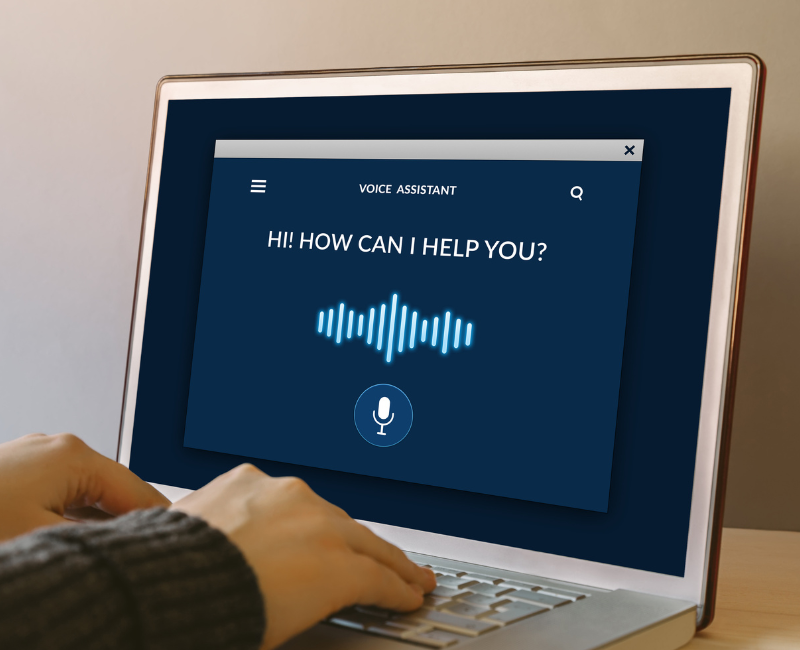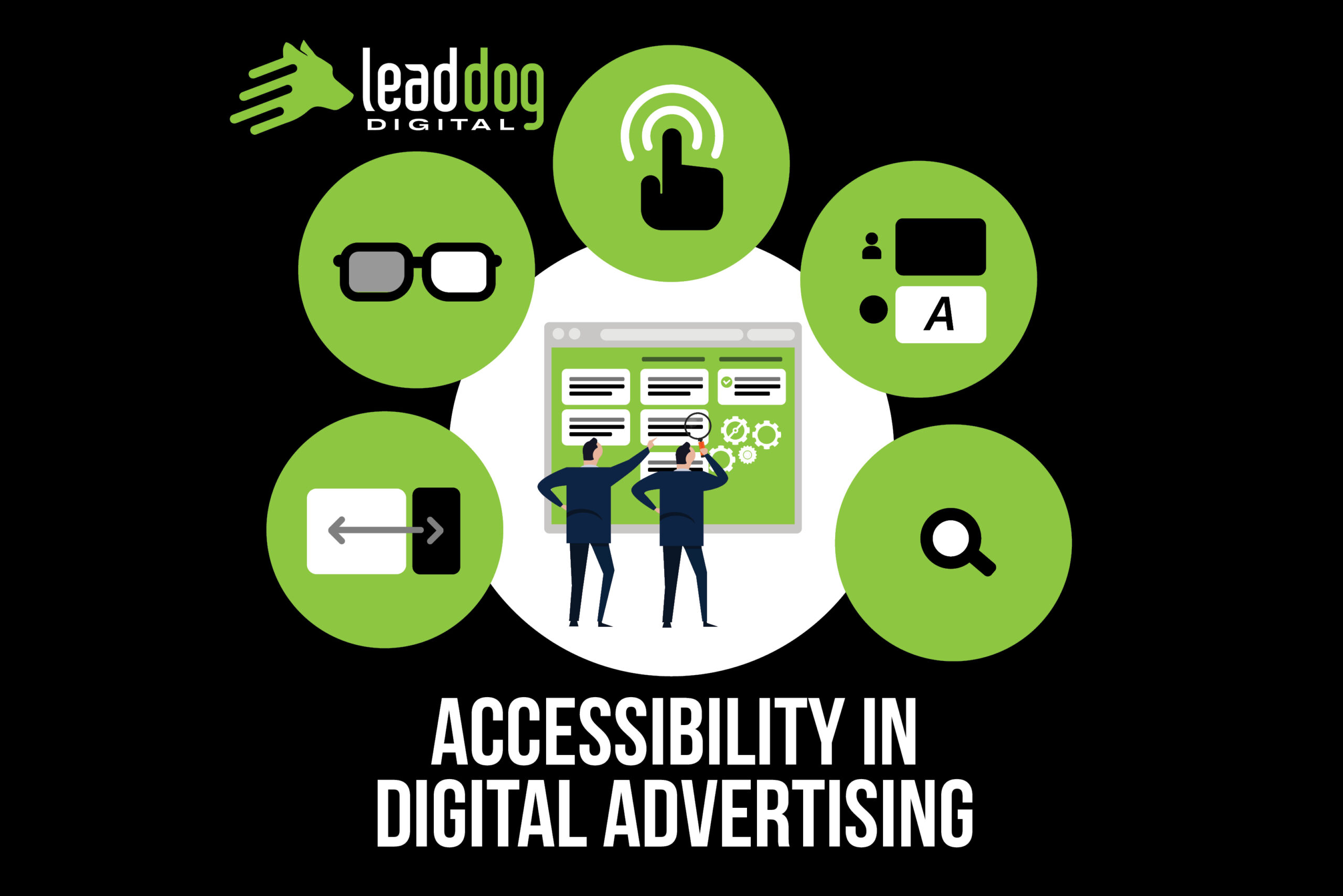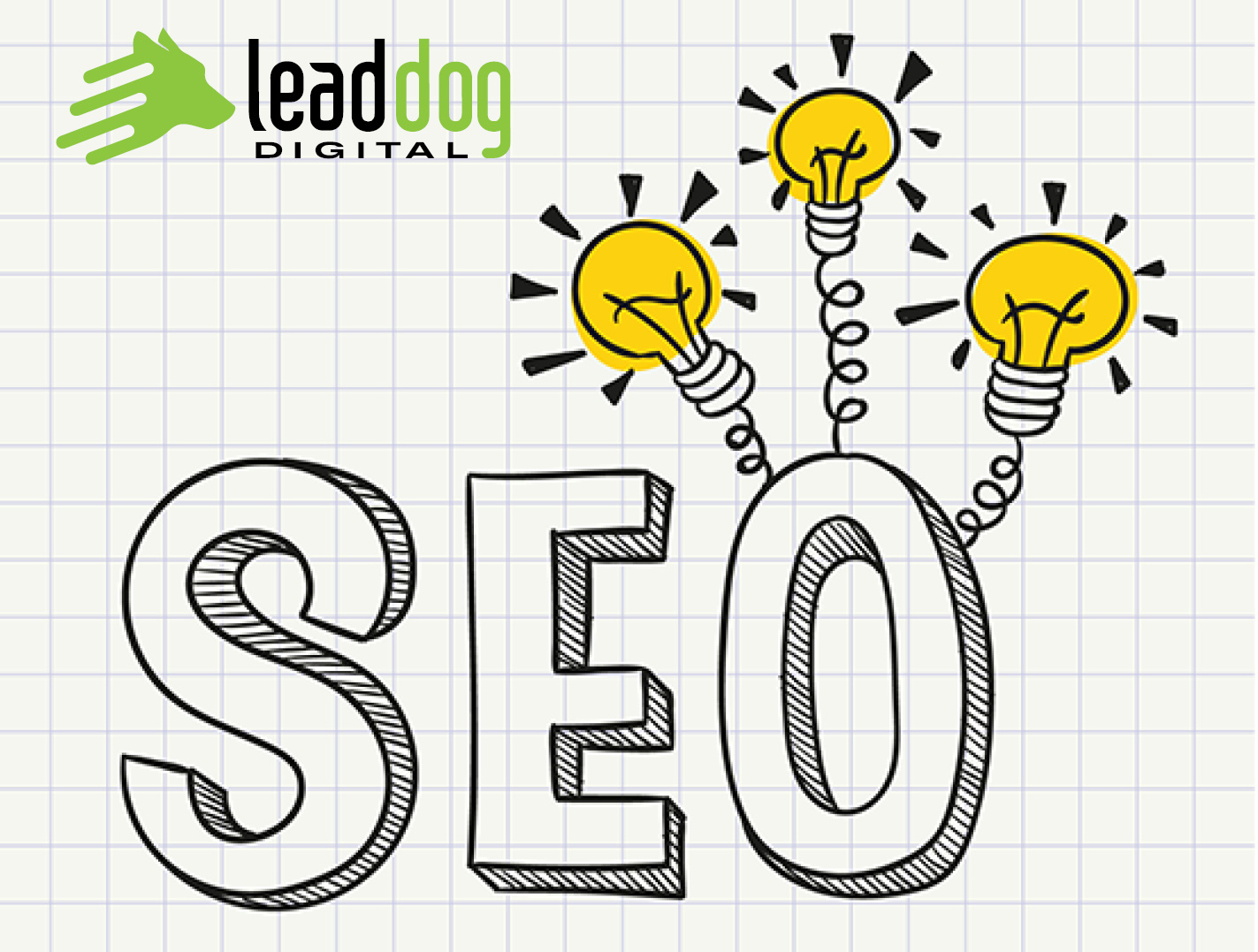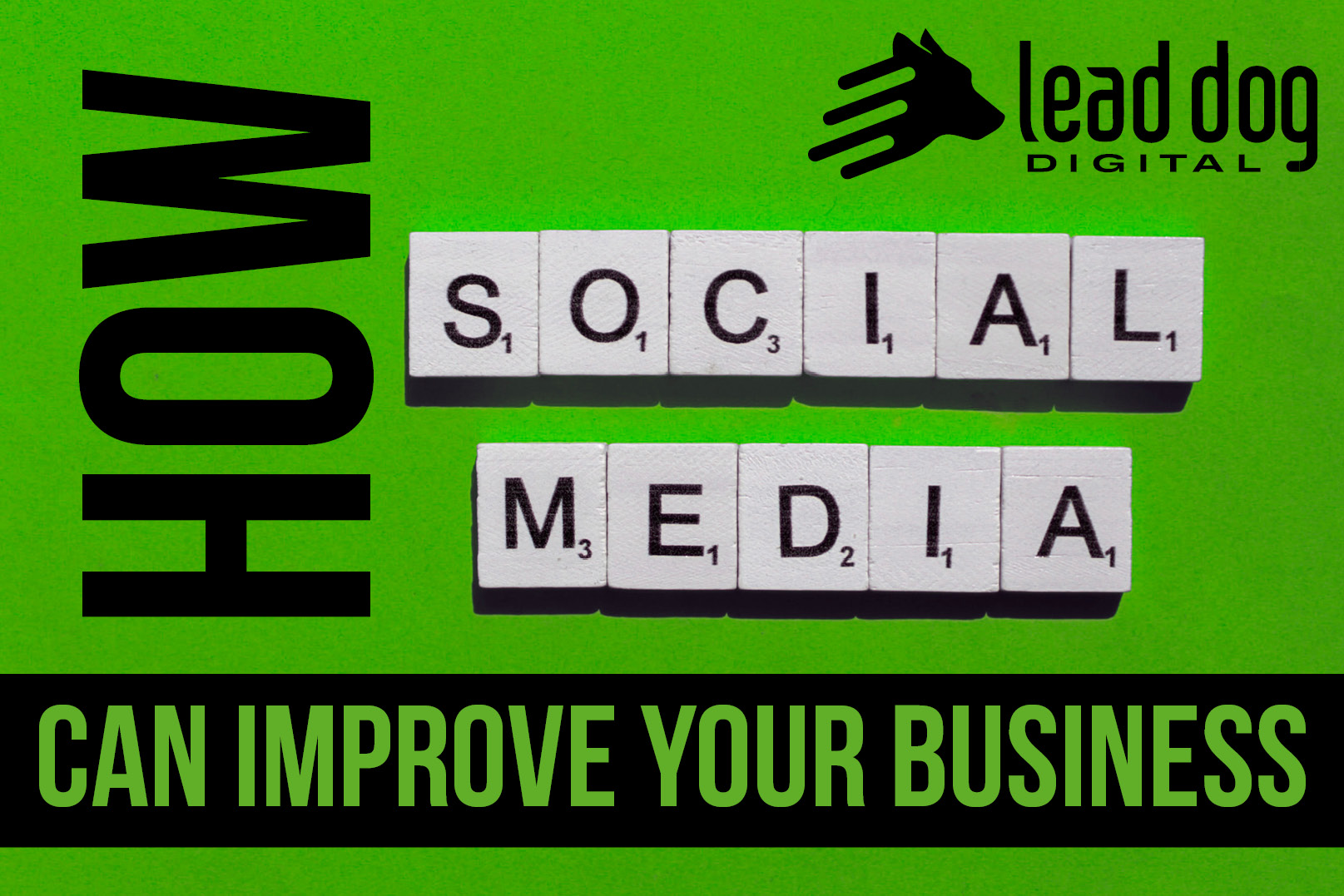What does Accessibility mean?
Accessibility means the ability to access, particularly regarding people with disabilities. For website design and digital interfaces, this means ensuring all contents are easily usable and easy to access to people of all ability statuses.
As a trusted, local digital advertising agency, Lead Dog Digital, located in Tyler, TX, understands how important accessibility is in advertising.
You might think people with disabilities are part of a rather small demographic. But, more people are living with a disability than you might realize. In 2019, a US census report showed that 41.1 million people live with a disability in the US. That same year, a CDC infographic reported 28%, or 1 in 4 people, live with a disability in Texas alone.
Given that disabled people are not all that small a demographic, you’ll want to make sure your company’s web content is accessible to everyone! Luckily, there are tips and guidelines to help.
What is WCAG?
WCAG stands for Web Content Accessibility Guidelines. These are guidelines of accessibility standards created by the W3C or the World Wide Web Consortium. This global organization was created in 1994 for the purpose of creating international standards for the World Wide Web, more commonly known as WWW.

Web Content Accessibility Guidelines are guidelines to help ensure that people of all ability statuses are able to engage with online content.
If someone is unable to see, they won’t be able to visually read the text on your website. If someone cannot hear, they will be unable to understand the audio of your informational video.
WCAG helps to give you ways to make all of your content accessible for everyone!

Because technology and web content are constantly evolving, from touch screen interfaces to virtual reality, WCAG evolves with it. WCAG is currently on version 2.1, with plans for version 2.2 to be released in September 2022. This means that no matter how advanced the World Wide Web and technology may become, there will always be useful guidelines to help make your content accessible along the way.

WCAG also offers a ranking system for your website. With A ranking being the bare minimum accessibility implements, to AAA ranking, the highest WCAG ranking to prove to audiences your web content is truly made for everyone!
Main 4 POUR Principles of WCAG
There are 4 main principles for Web Content Accessibility Guidelines, the acronym POUR – Perceivable, Operable, Understandable, and Robust. We’ll help break down each one.
Perceivable
Perceivable means the ability to perceive. Simply put, this means the user is able to detect/comprehend the information presented to them through their senses.
Operable Operable means the ability to use/operate. This means your web content can be comfortably navigated and that the interface is user-friendly. There shouldn’t be any part of your website that is inaccessible or any steps or interfaces that users might be incapable of completing or engaging with.

Understandable
Understandable means the ability to understand. While this might seem similar to perceivability, it can be possible for users to sensorily perceive information but be unable to understand it. Examples of understandable content are not having background noises in videos with spoken dialogue or making sure website text is clear and readable.
Robust
Robust means your web content is compatible with current and future technology and user agents, including assistive technologies designed for those with disabilities. As a good rule, if technology or the user changes or develops, your content should still remain accessible.
How to Make Web Content Accessible
So, knowing there are guidelines to help and understanding WCAG’s main principles is one thing, but what about actual accessibility implements to include in your web content? There are a myriad of disabilities and people of differing ability statuses, so what Accessibility implementations should you include in your website?
We’re here to help! Using WCAG’s four main POUR principles, we’ll list some specific examples of accessibility designs to include in your web content.
Perceivable Accessibility
Text Alternatives / Alt Text – Alt Text basically means an image description. Meaning image content should also have a text description describing the image to someone who cannot see it. This text can be read by screen reader software for those who have visual disabilities.
Time-Based Media Alternatives – Time-Based Media is media that is presented over time and has a set duration, such as video, audio, PowerPoint slides, etc. Alt Text is an alternative to videos. Text captions make audio more accessible. All time-based media should be prerecorded so that it can be rewound by the user to ensure no information gets lost.
Distinguishable – Distinguishable means the content is easily perceived by the user. An example of making your content distinguishable is intentional color choices so that text colors do not clash with the background and are easily readable.
Operable Accessibility
Keyboard Accessible – Keyboard friendly means your web content is accessible entirely from keyboard shortcuts. This is helpful for those who are unable to use a mouse or a touchscreen.
Navigable – Keyboard accessibility is a good example of ensuring your web content is navigable. A Clean site design with clean menu options and easily readable text will make your website more accessible to everyone.
Seizure and Physical Reactions – Consider any flashing lights and colors within your web content and always include a disclaimer if flashing lights are part of your content.
Input Modality – Modality is the mode of interaction, typically between humans and computers. You’ll want to make your content accessible through different input modalities, such as keyboard-friendly, drag-and-drop features, swiping gestures, and long presses on touch interfaces.
Enough Time – If any of your content is timed, make sure there is enough time to read and comprehend everything on the screen and have an option to rewind the content, so nothing is missed.
Understandable Accessibility
Readable – You’ll want to make sure you have Alt Text, so everyone can “read” your images. Also, include captions so everyone can “read” the audio. Enlarging text and using non-clashing colors or backgrounds will also help make all the content readable.
Predictable – Whoever programs your site should make sure that everything on the site is working consistently, so your content is predictable to users.
Robust Accessibility
Compatibility – Robust accessibility prepares your web content to be compatible with current and future technology. Anticipate changes that are happening within web content, and make sure your content remains accessible to everyone!





